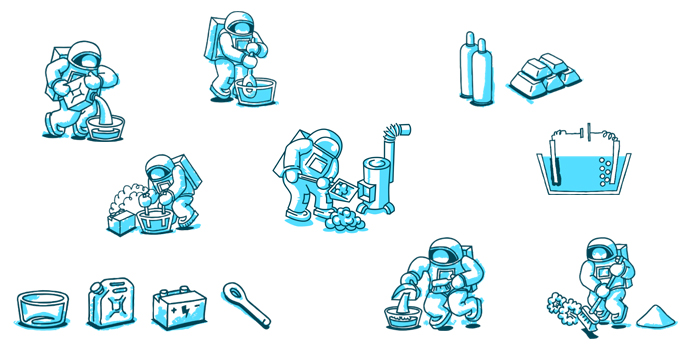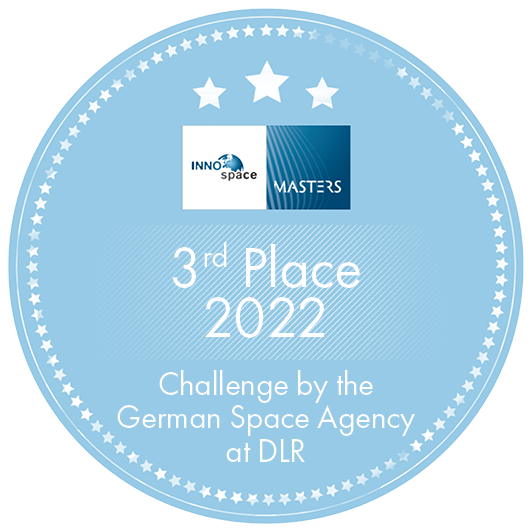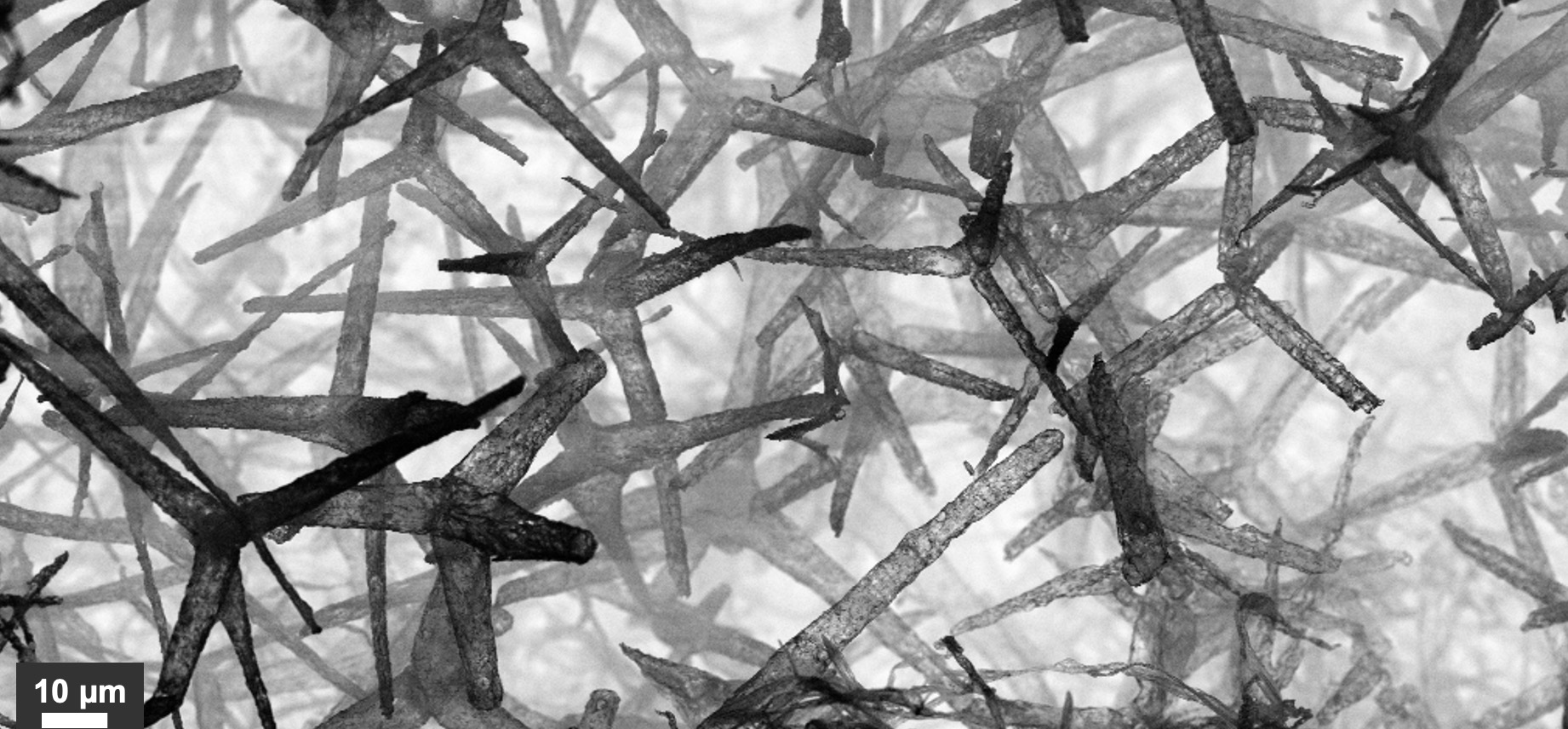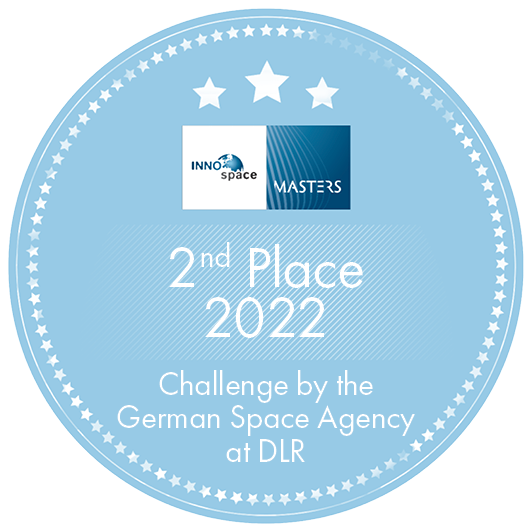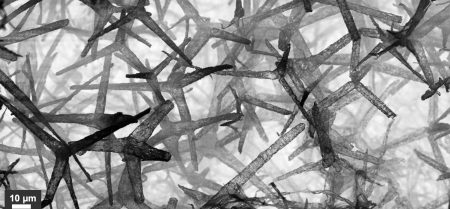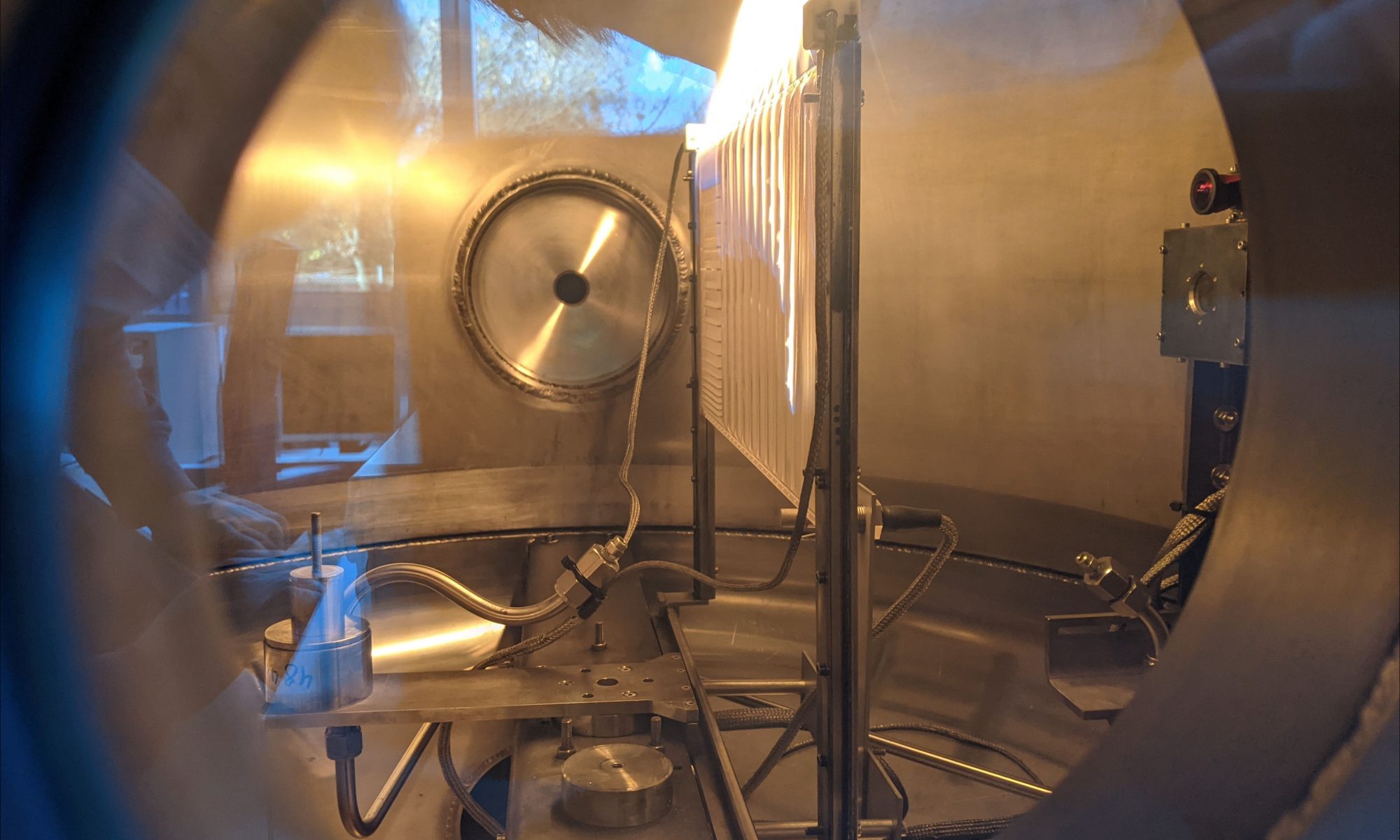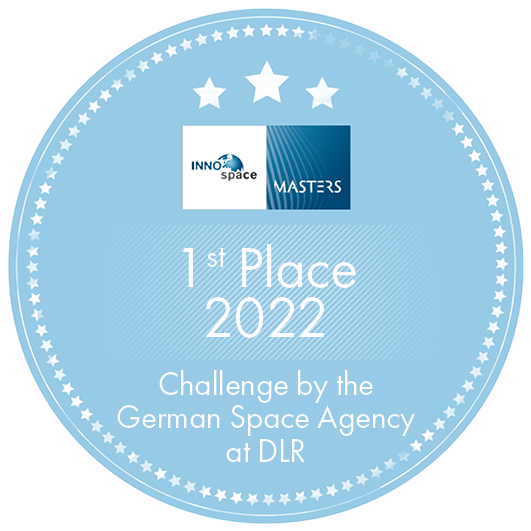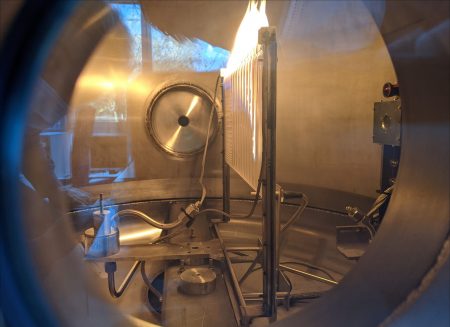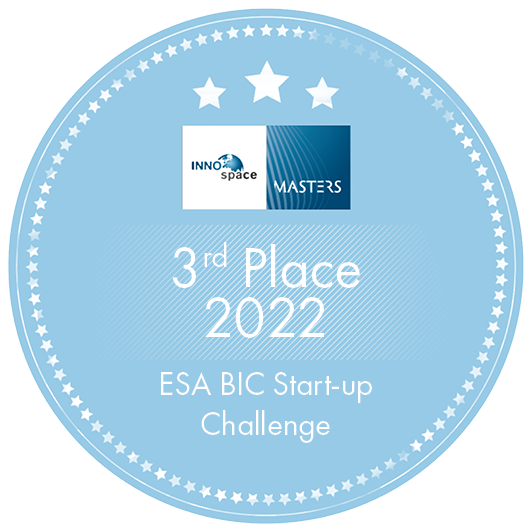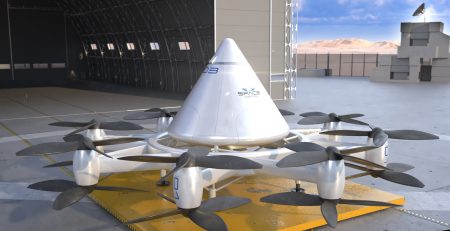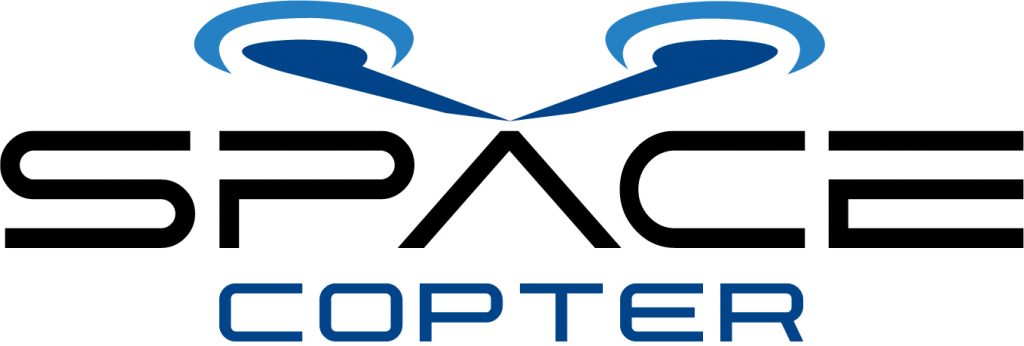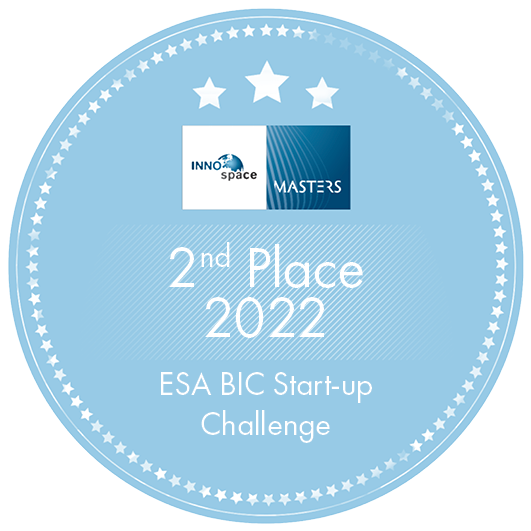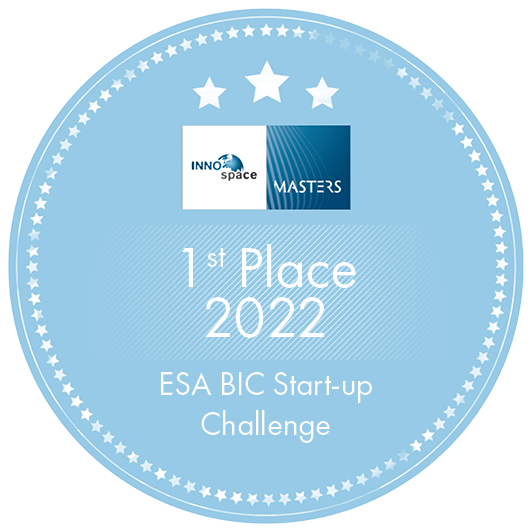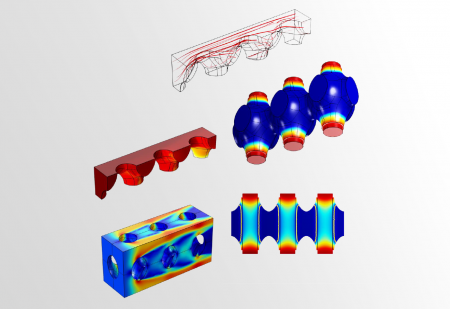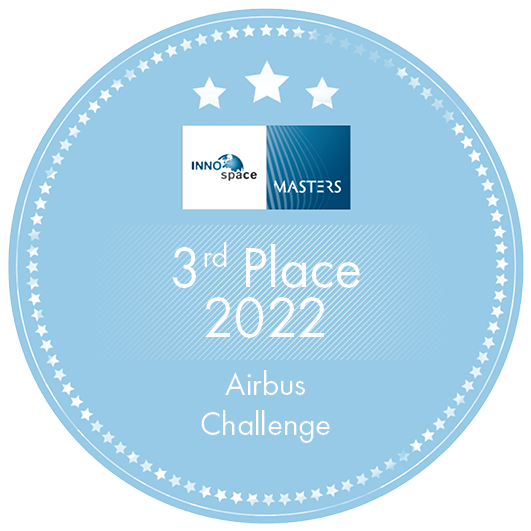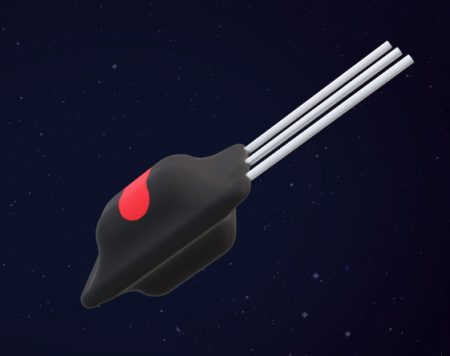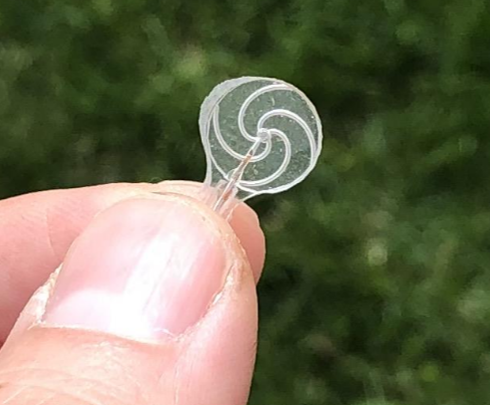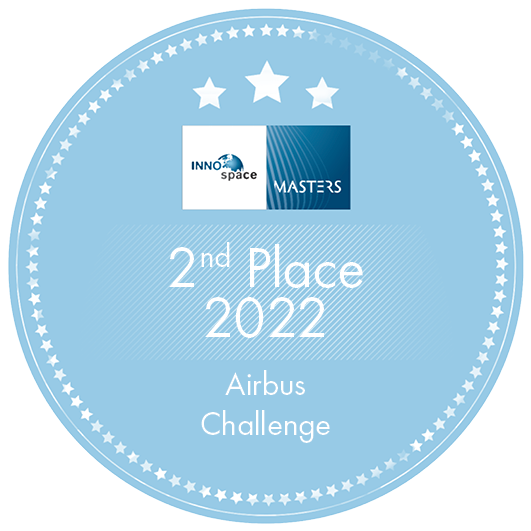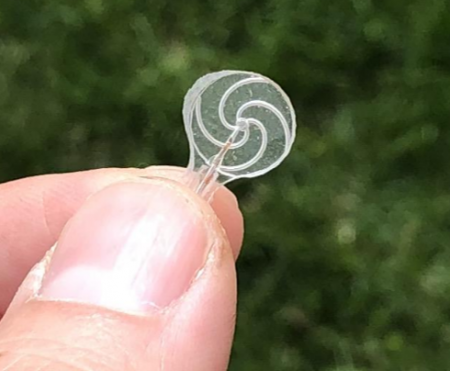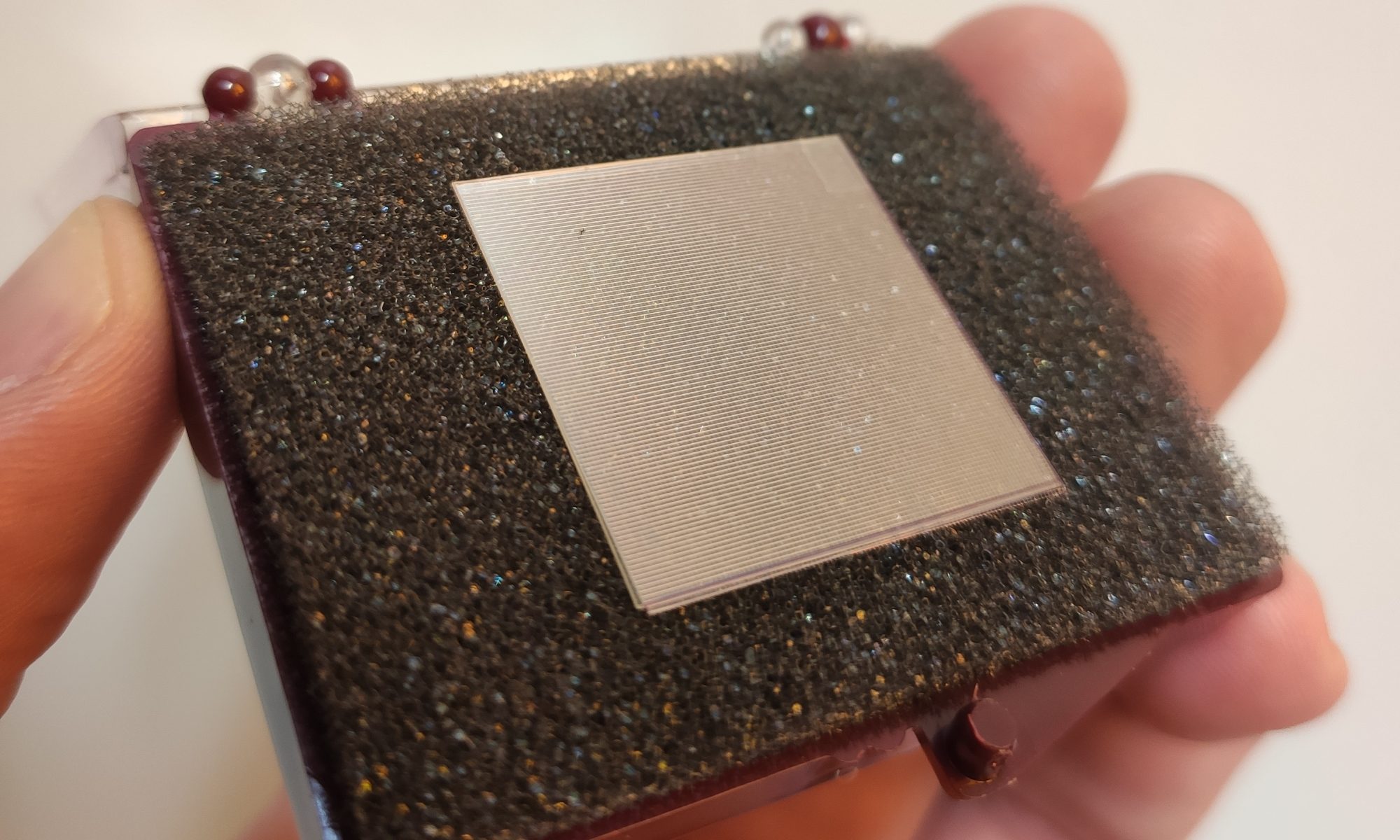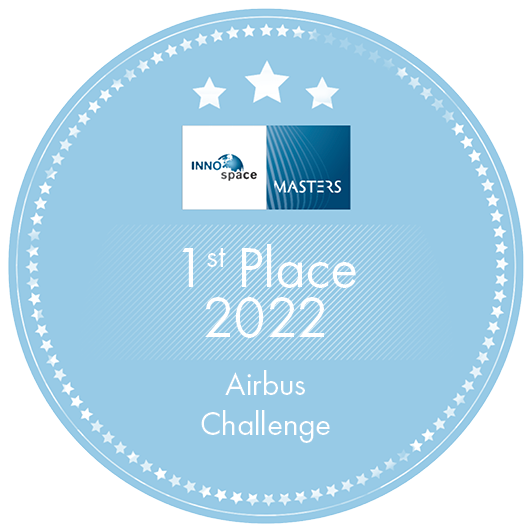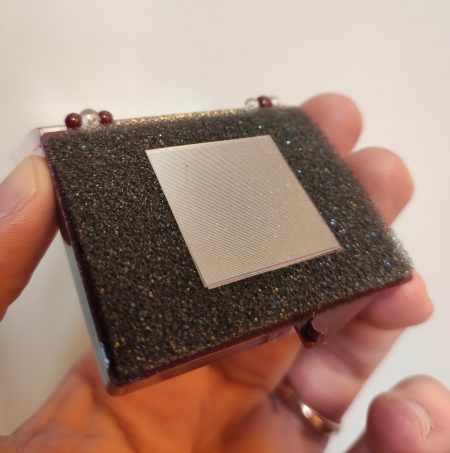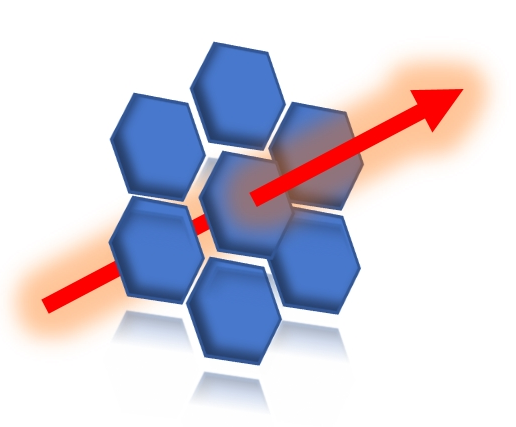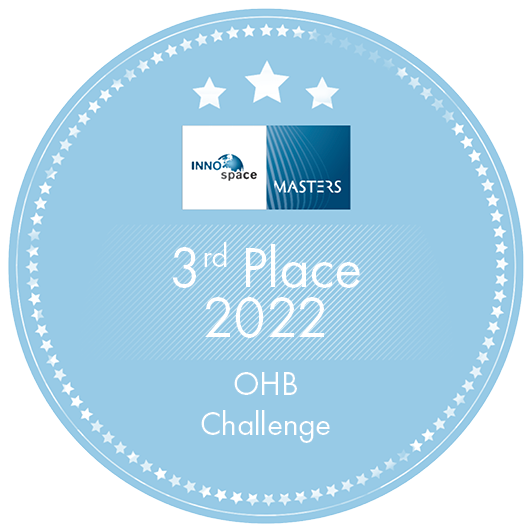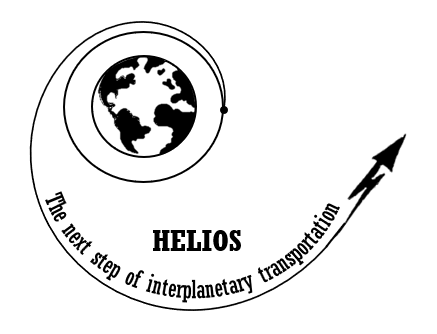FERROTHERM

“Moon Village” is considered one of the most important projects of manned space flight. However, the long-term energy supply for the urbanisation of the Moon has not yet been clarified. Temperatures vary between -170 °C and +120 °C, and solar energy is unavailable during the two week long moon nights. There are no fossil fuels on the Moon. The energy supply must be secured with lunar regolith, a mixture of different metal oxides. Current storage systems, such as batteries, heat accumulators or mechanical storage units, lack the capacity for long-term supply. The Fraunhofer IST and ICT are developing a process by which metallic iron can be extracted from regolith and used as a non-fossil fuel. Unlike fossil fuels, the combustion products are solid and can be collected. They are recycled in a novel process and can be reused. The unique solution uses a direct electrochemical process to recycle the iron oxide in order to produce iron again, bypassing the previously known hydrogen route. This makes the process very efficient. It operates at temperatures below 100°C. The process can be used terrestrially in modified power plants or combined heat and power plants and thus makes a significant contribution to climate protection (decarbonisation).
Benefits:
- Circular economy
- Time-independent energy supply (day/night) on the Moon
- Iron fuel is extracted from lunar regolith
- On Earth, the process makes an important contribution to decarbonisation
- Combustion products are recycled by means of excess electricity
